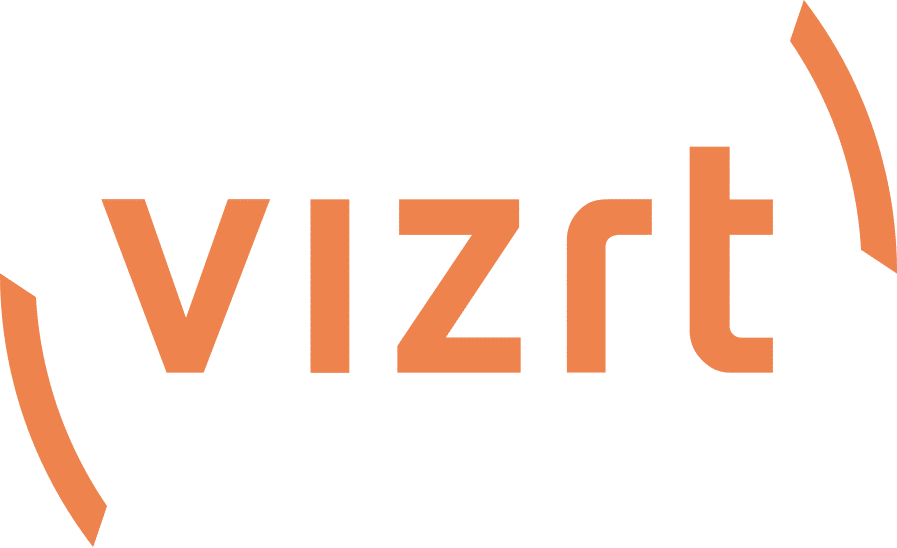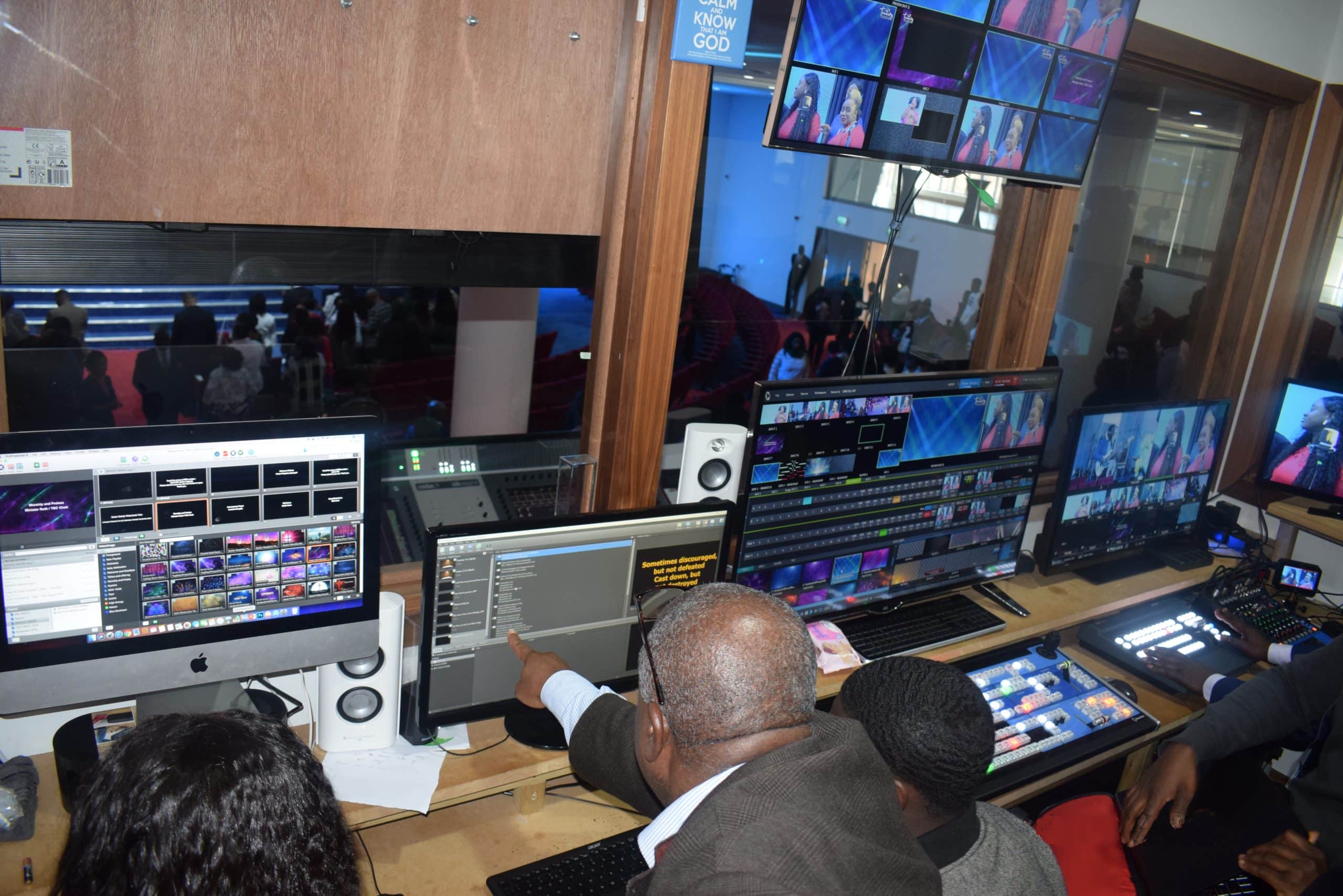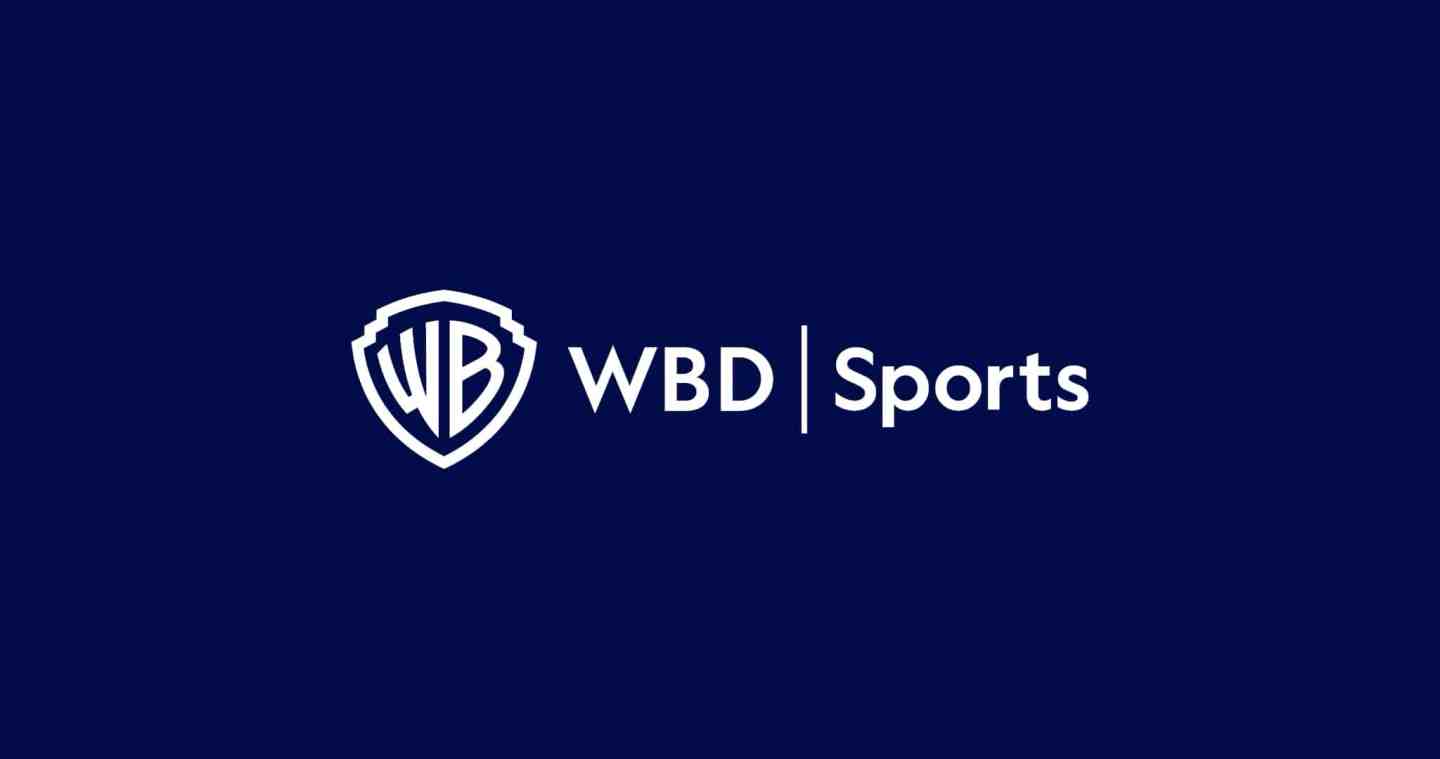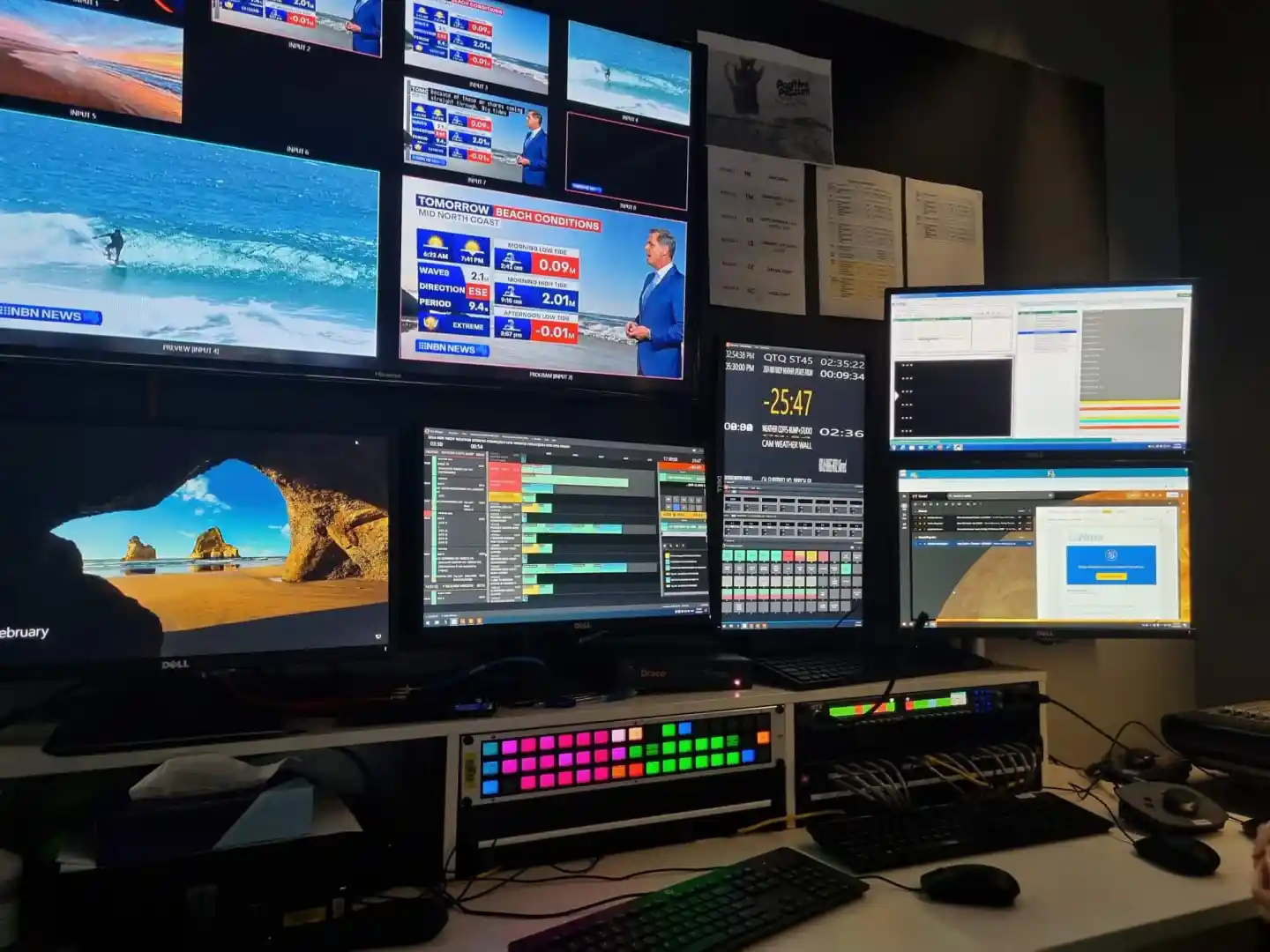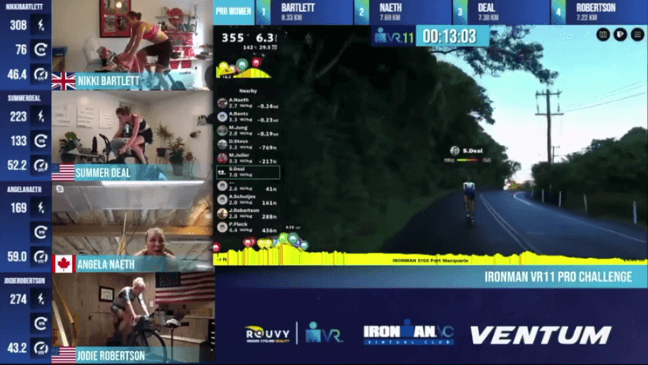Over the past several years, Trinity Baptist Church Oasis House has faced one of the best problems any growth-oriented organization could have: its membership was outpacing its capacity.
“Our Sunday school programs and classes were growing. The youth service was increasing in size. And through our revival programs, we were reaching out further into neighboring communities,” says George Otu, media director at Trinity Baptist Church (TBC).
In short, the West Norwood, U.K., church had outgrown its own building.
Senior pastor Rev Kingsley Appiagyei, along with Church leadership, had intentionally focused on growth, and had found a suitable location to build the expanded worship and community facilities they envisaged, in Croydon, South London, UK.
At the same time, its media team was limited in its ability to support the programs they wanted to run for their congregation. Live streaming was a part of TBC’s sermons each week, as were large screen displays projecting the services to in-house audiences. So the team already had invested in live video systems built to handle the most common productions.
Anything beyond the basics, though, was either cumbersome for the participants and taxing on the equipment – or simply not possible because of the limitations of traditional video technology.
So when they moved to the new site, the entire team – made up of people from the Presentation group, the Video group, the Audio Production group, and the IT/Infrastructure group – developed a vision to incorporate more video into their mission, and use it to engage further with its expanding community.
A Plan for Growth
Today the TBC organization is officially called Trinity Baptist Church Oasis House, and it’s made up of three branches. The West Norwood branch is where TBC first started, and a second one is located in Ghana, West Africa. The new building in Croydon is home to the third.
The Croydon Oasis House is a large, ultra-modern complex encompassing a 900-capacity, theatre-style auditorium. Beyond the main worship space is a range of purpose-built and multi-purpose rooms, including a 300-person capacity overflow seating area behind the main auditorium; 8 training rooms; a sports hall with a 500-person capacity; and the main lobby. Many of the rooms can be rented out as venues for hire – and nearly all are equipped for professional AV.
The entire complex is designed for future-proofing — including a robust network wired throughout the building – and that could not have been accomplished within the old infrastructure.
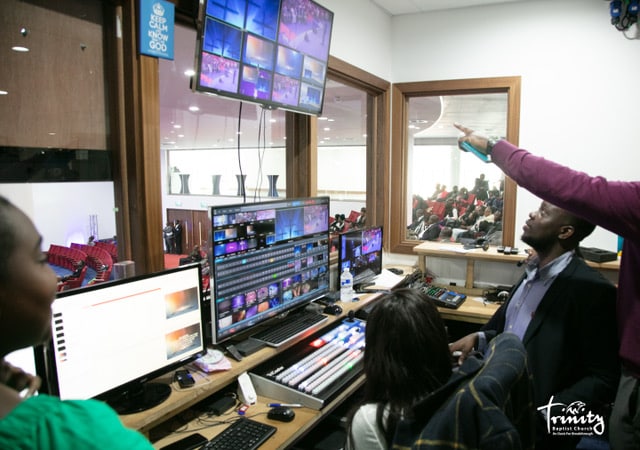
“We wanted to do things differently”
At the original West Norwood site, the media team used a conventional hardware switcher to provide vision mixing for its live productions. They had three PCs configured in the workflow; one used for streaming, two others for visuals which they input into the switcher.
“The hardware switcher worked suitably for many years, but there was no path forward to scale, to grow our community, or to add new types of production within the same system,” says George Otu. “So when we moved here, we wanted to do things differently.”
The most important thing, he says, was to get a system that allowed the members of all four groups in the Media team to work together in harmony. “We had daily discussions for every step we took and each technology decision that we made.”
Their vision was to work with video to incorporate the community, expand their reach, and allow more members to get involved; not only as an audience, but through working with the technology itself. It was particularly appealing, he says, for youth members to participate in the media program and grow their responsibilities within the church.
The three TBC branches tend to team up to make important investment decisions, and they decided to look to the Croydon branch as a model that the other two may eventually replicate – so they undertook a very long discovery process.
“We spent many years asking finance to commit to certain investments, and often making a case for more,” says George. When the opportunity came, they wanted to make sure they were making the optimal selection. Because as he says, “We had only one chance to get it right.”
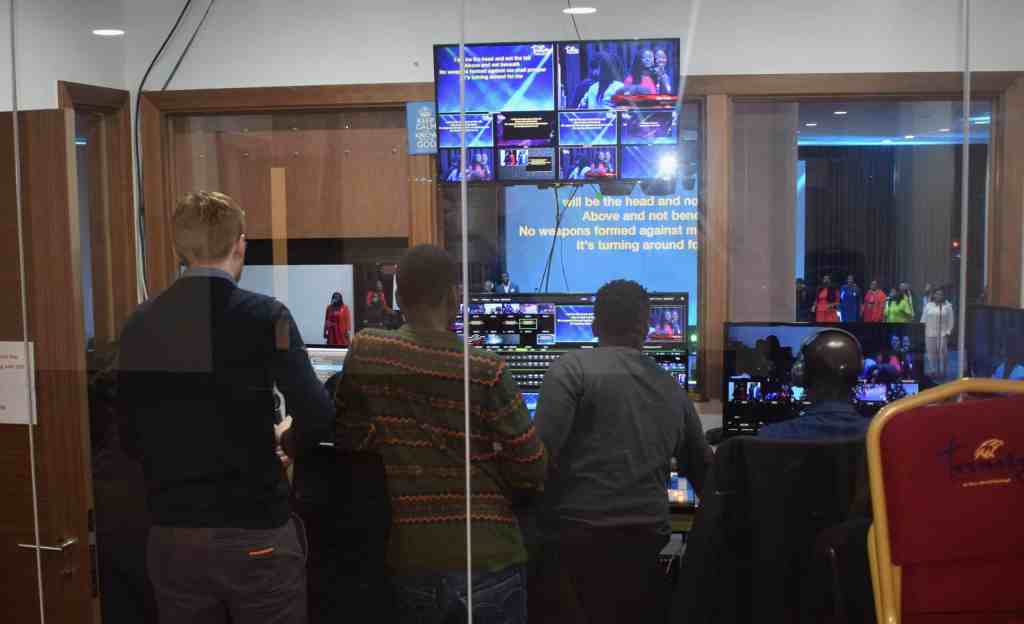
Getting it Right
One thing they’ve discovered, he says, is how people respond to different ways their sermons and worship messages are delivered.
“You can no longer package the gospel in the way we’ve done it for many years. You can no longer deliver an unexciting sermon. It has to be inspiring. So we aimed for a system that was the best in all broadcast practices to achieve that,” says George. “We needed that broadcast-quality level of production.”
Furthermore, the media team still wanted to use Pro Presenter and EasyWorship – two of the graphical systems they had used in West Norwood, providing visuals for on-screen display during the services and live streams. The team looked for something that could very easily integrate and work with the systems and processes with which they were already familiar.
And because they were seeking to expand their media program among youths and other members, they required something that was not too complex, to allow more people to use it.
When TBC had specified their primary requirements, the media team got a visit from Highway Audio Visual, a solution provider and reseller with part of its business focused in the House of Worship market. Having equipped multiple churches and other worship venues in UK, Kenya, and elsewhere in Africa for live streaming, weekly services, and massive special events, Highway was familiar with the range of flexibility that TBC would require.
Given the church’s needs from feeding in-house displays to the auditorium’s big screen LED, and from regular live streams to their annual 31st Night several hours-long New Year’s Eve event production, Highway introduced George and the media team to the software-driven capabilities of Vizrt.
“Whatever we were spending,” George says, “we had to make sure we were getting the very best. And we decided on the TriCaster.”
Broadcast Quality Everywhere
The TriCaster® 8000 allows TBC to input up to eight hardware-connected sources into it — and, George says, “because it also allows us to create eight additional mix/effects, it essentially multiplies the results of our work.”
TBC uses TriCaster’s mix/effects prolifically, creating multiple, preset visual compositions with internal and external sources in addition to the main program — without any additional investments, systems or effort.
The main auditorium screen is a large screen LED, making a big impression in the 9000 square-foot (850 square meter) room. George says “We have one mix/effects bus dedicated to that LED screen, and for the rest of the displays, we can easily create and design different mix/effects outputs, and assign them independently to any of the screens in the different parts of the building.”
For those other parts of the building, what really opened things up was IP video. Their TriCaster system includes NDI® video-over-IP technology, and, George says, “that is a technology that we are using everywhere we can think of.”
And he means everywhere. With NDI, they can send any of the TriCaster’s outputs from the program, or from any of the M/Es, over the network to displays installed throughout the entire complex – without having to install miles of cables across the complex to connect them.
They can select inputs that go into the TriCaster from wherever they’re located – “in our production room (located in the auditorium) or over in our media room. We’ve got Easy Worship and Pro Presenter, which integrate into the TriCaster system using NDI.” Using NDI for the two graphics systems also frees up hardware inputs for more SDI sources that aren’t connected to a network.

Networking for Good
NDI has not only saved TBC a lot of money on infrastructure costs – but it also allows the media team to focus on producing.
“Our people are generating compelling media, like graphics, titles, and video packages, instead of focusing on making a lot of technical components work well with each other,” says George. “NDI has been a real eye-opener.”
In addition to feeding the screens throughout the complex, the media team does live streaming, using the streaming capabilities integrated within the TriCaster system. Their live videos regularly stream simultaneously to YouTube, Facebook, Twitter, and Periscope, as well as into their own church app. George says, “People can access the live streams on their smartphones, in their own homes. We see people out in the community watching them, and they appreciate the services even more.”
Two of the services – Friday evening and Sunday morning – are produced and streamed for the congregation’s regular members. The third service, Sunday afternoon, George says, is a very different service with very different members: the youth service. For this, they have a completely different team running the production.
“The youth have a whole team of their own that are trained and can manage the TriCaster equally as good as any,” says George. “Once they’ve been trained, they just take to it so easily—and that has created excitement for their peers. They look at what their fellow youth members are doing, and they say ‘Oh wow, if you’re able to do that, then I want to be a part of it too.’”
In turn this has made the media team a popular program for youths. So popular, in fact, that George says “I have people on the waiting list to participate – I just can’t fit all of them at once.”
That’s the kind of energy the team has been striving to create, and George says it is turning out to be a great success. “Parents come to us to tell us their sons and daughters want to join us, and it’s made the program generate more and more demand. The system has created so much excitement. And they enjoy what they’re doing. Focusing on this solution has been the best thing we’ve done for a long time.”
What’s more, he says, it gives people who attend the church a special experience. “People are saying, ‘You’re really doing something here. This is a different kind of church.’”
Adapt and Grow
George says TriCaster has been a huge value for money, especially when adding up the hardware modules that normally would have been separately purchased, connected and operated.
“Some of the things we’ve been able to do would have cost us a fortune,” George says.
There’s another advantage over the traditional hardware equipment: the innate ability to scale. “Because it’s software-driven, the TriCaster solution has a lot of future-proofing built into it. Every time the software is upgraded, we benefit a lot more from the system.”
He says the software innovation behind NDI revolutionized how they network in the new building, as well. “This is only possible when you can build a robust network from the start, but once you have the connectivity, it makes life very easy.”
With the investment TBC made, it’s allowed them to do things that they’d dreamed of doing, and engage more people than they’d hoped, George says. “Even someone who is new to the business can easily adapt to it. And I think that is the story of the TriCaster.”
